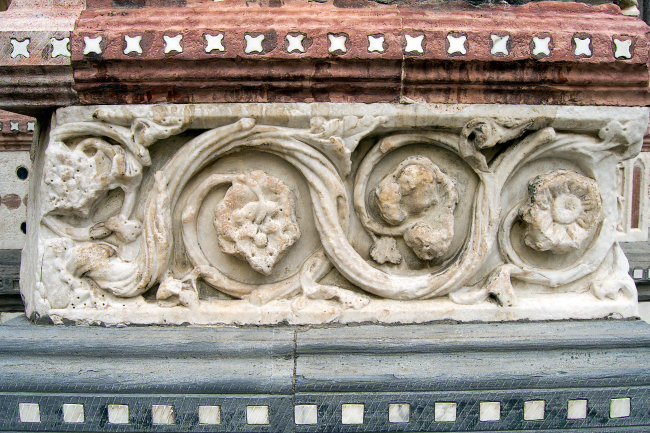It’s only natural to expect a city like Genoa to have a soul rich in traditions and celebrations. And indeed, its history begins in the fifth century BC, it was one of the Maritime Republics, and it has always asserted its independence in defiance of the powers of past times. Today it is one of Italy’s main ports, and in 2004 was proclaimed European Capital of Culture.
The whole year round, Genoa’s streets, squares and seas become the stage for historic parades and pageants, such as the one commemorating the triumphant return from the Holy War of Guglielmo Embriaco, alias Testadimaglio (William the Drunkard, alias Mallet Head), with the Sacro Catino (Holy Bowl), a relic on display today at the Museum of San Lorenzo. Another such tradition is the Palio Marinaro di San Pietro, which is contested at the end of June every year in the waters off Genoa’s Riviera di Levante or Eastern Riviera.
Another age-old custom, the tradition of the nativity scenes, brings its magnificent constructions and ancient figurines to the Ligurian capital. One of them is on permanent display at the Palazzo Reale, while many others are open to the public from October until spring.
There is no shortage of celebrations and events in honour of Genoa’s patron saint, San Giovanni Battista, who is commemorated on the 24th of June, which is a public holiday for all Genoese. Yet another saint who is commemorated is San Francesco da Paola, patron saint of sailors and hence an important tradition for the city: still today the “campana del mare” or “bell of the sea” rings out every evening.
Genoa’s traditions hold many wonders in store, to be experienced and discovered in order to appreciate the spirit of its centuries-old history.











